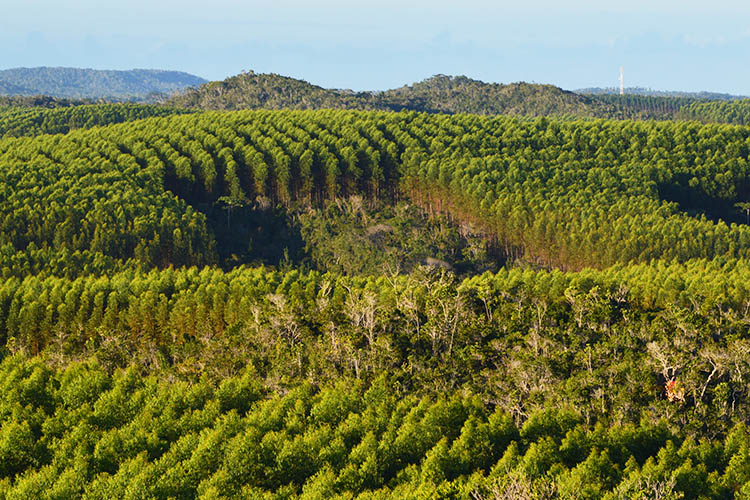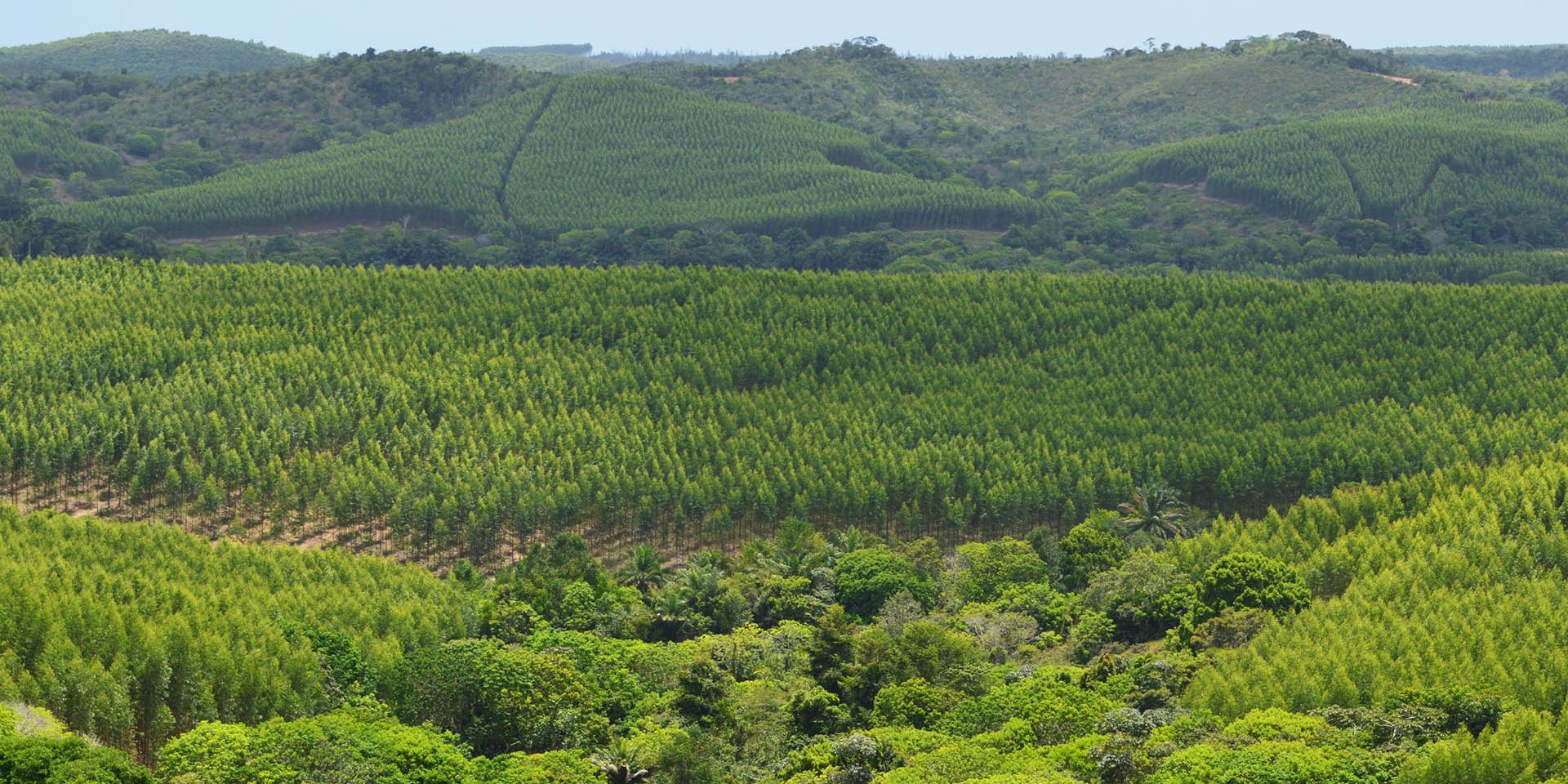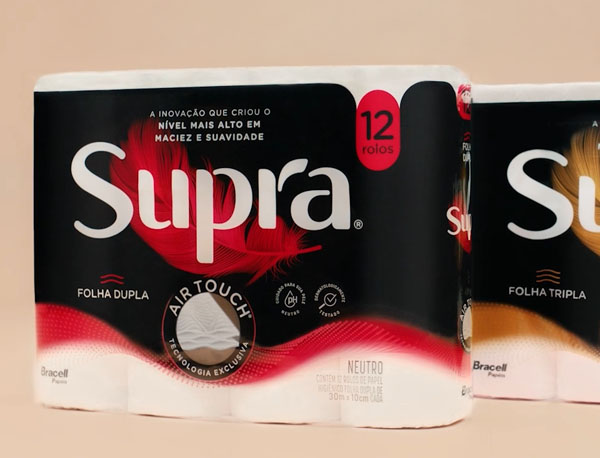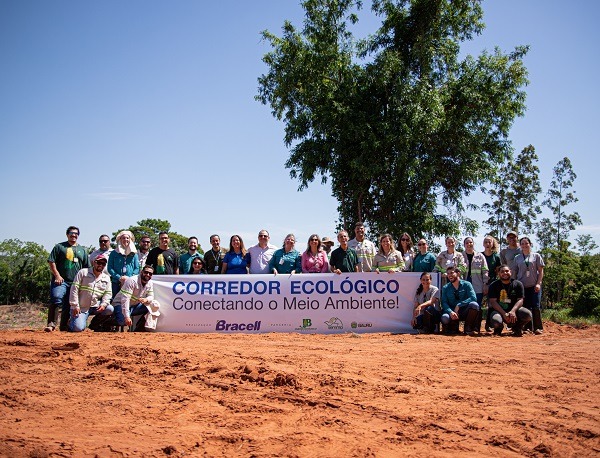(*) João Carlos Augusti
The preservation of native forests has been a constant theme in the environmental conservation agenda. So much so that the United Nations listed, in 2015, 17 Sustainable Development Goals which refer to the environmental protection goals to be met by 2030.
And, on the eve of the Tree Day, we need to ask ourselves a question: what are we actually doing to preserve our trees, that are so important to our lives? More than just a symbol of our forests, trees are not only responsible for capturing and storing carbon, but they also contribute to keeping the quality of the air and are great allies of the soil and fauna.

When we hear alarming news with respect to deforestation, we worry about what the future holds for us. However, some industries are mobilizing to assure that native forests are preserved, and the pulp and paper industry is amongst them, since eucalyptus trees are the basis of its production chain.
The most important thing is to understand how eucalyptus trees can contribute to preserve native forests. We use several products on our daily routines that are made of wood, so it’s crucial that this raw material comes from planted forests, not from native forests. Eucalyptus trees use the same number of resources than any other plants. The difference is that they are more efficient in converting these resources into biomass. Also, planted forests, such as Bracell’s, that are handled properly, get the pressure off from native forests by contributing with the capture of carbon from the atmosphere.
The cultivation of planted forests brings countless benefits towards the development of highly diverse environments. Bracell’s forest operations cherish the conservation of natural resources, as well as conservation practices that allow for the containment and conservation of water, maintenance of post-harvesting waste. Also, we adopt a checkerboard pattern between eucalyptus and native trees when planting our forests.
Our planted forests are our source of natural raw materials and are 100% renewable. By adopting the checkerboard pattern, we favor biodiversity, the ecosystem services and landscapes, assuring that our operations have a positive environmental impact. Sustainability and preservation walk side-by-side in Bracell.
By adopting these practices, and by using methods such as planting in checkerboard patterns, the result is the formation of ecological corridors that integrate the planted forests with native forests, which become a proper habitat for animals, plants and microorganisms, preserving and increasing biodiversity. Currently over 30% of Bracell’s forests are allocated to environmental conservation, considering our forests in Bahia and São Paulo. We invest in planting eucalyptus trees in degraded areas, especially by grazing, which means a great contribution to the climate.
Since 2007, 302 bird species, 39 mammal species, and 260 flora species were identified in our areas. In 2019, the monitoring program was expanded, and reptiles, amphibians, and fish were included in the program. Since 2019, we have identified another 43 species.
So, we have a lot to celebrate in this Tree Day, and our results show us that we are constantly pursuing environmental balance, by balancing natural and production components and by monitoring fauna and flora in our areas, since we believe that, by doing so, we are contributing to improve the quality of life of people and environmental conservation.
João Carlos Augusti, Environment and Certifications Manager at Bracell/SP. He holds a bachelor’s degree in Forest Engineering by USP, an MDA in Business Administration and Corporate Management by Fundação Dom Cabral. He has wide experience in environmental and social management and quality and governance, in addition to expertise in projects and certifications of industrial and forest processes.
Would like to talk to the author of this article? Send an e-mail to jaugusti@bracell.com.



